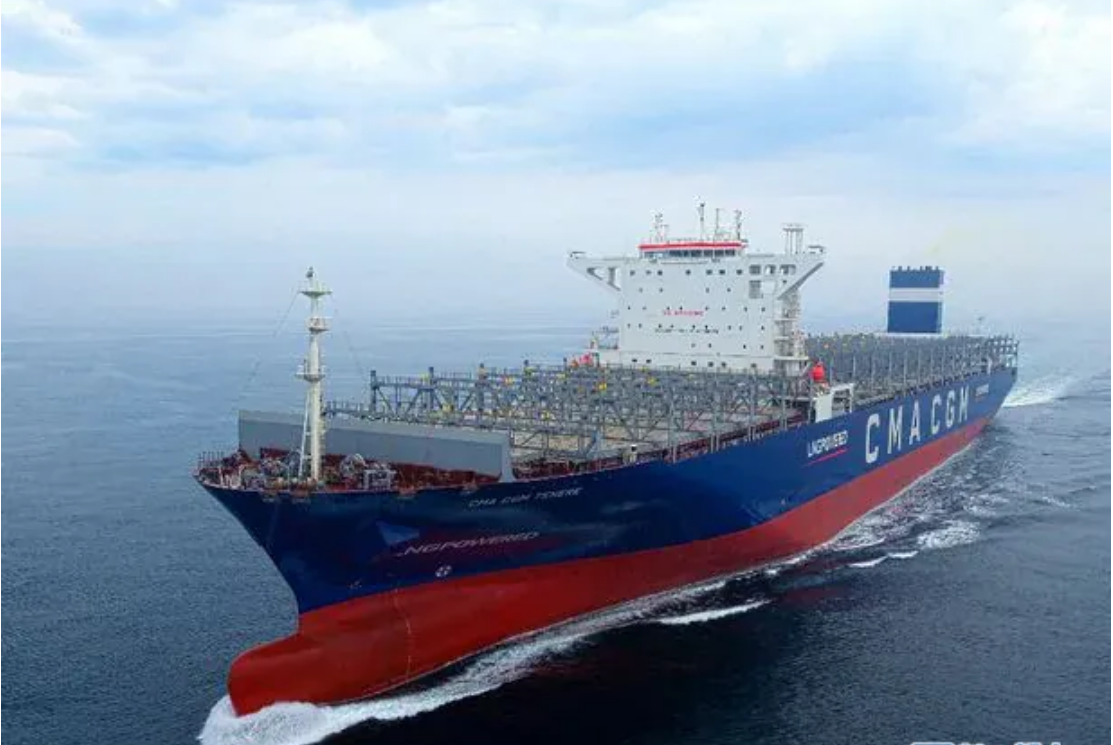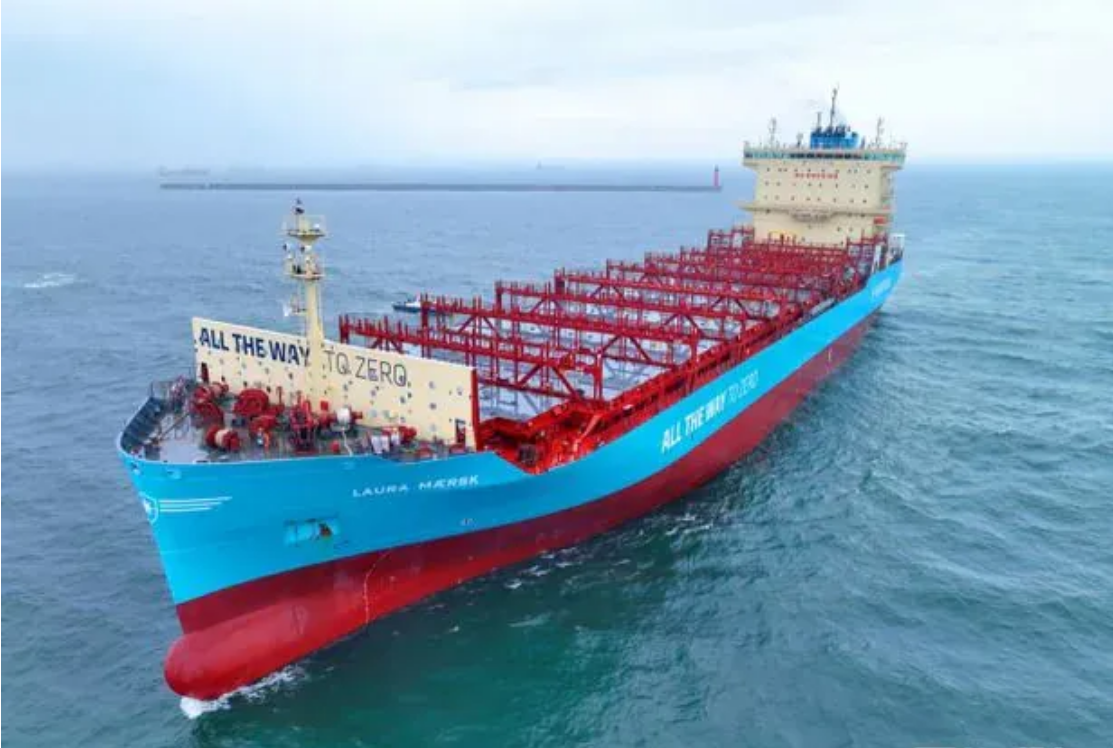In the competition between liquefied natural gas (LNG) and methanol as an environmentally friendly marine fuel, LNG has a narrow lead over methanol so far this year. The reason for this is that methanol suffers from the disadvantages of insufficient production and high costs.

Clarkson data shows that from January to June this year, orders for new ships of LNG-powered ships and methanol-powered ships were 50 units and 49 units respectively, with LNG-powered ships leading the way by a narrow margin of 1 unit. During the same period last year, orders for new LNG-powered and methanol-powered ships were 30 and 42 respectively, when methanol-powered ships were significantly more favored by shipping companies.
Falling natural gas prices are the main driver of renewed interest in LNG-powered ships among global shipping companies, according to the analysis. Currently, natural gas prices have fallen from $9.385 per million British thermal units (mmbtu) in August 2022 to $2.099 per mmbtu in July 2024. LNG prices are expected to remain stable for the foreseeable future, given inventory and demand conditions.
In contrast, green methanol (methanol made from carbon and hydrogen extracted from renewable energy sources), used as a marine fuel, is in short supply and is more than three times as expensive as LNG, based on energy density and extraction costs. At the same time, LNG has well-established refueling infrastructure in major ports around the world, whereas methanol is still in its infancy and port refueling infrastructure will take a long time to develop.

It’s worth noting that the world’s second-largest shipping company, Maersk, the “number one fan” of methanol fuel, is also turning to LNG, which was not previously considered, and has reportedly recently asked Chinese and South Korean shipbuilders for quotes for 23 LNG-powered containerships.
Previously, Maersk was committed to methanol fueling as part of its green transition strategy, even going so far as to support its methanol strategy by printing the words “ALL THE WAY TO ZERO” on the hulls of the methanol-powered container ships “Laura Musk” and “Ane Musk”, both of which were built by HD Hyundai Samho.
So far, Maersk has ordered a cumulative total of 25 methanol-powered containerships from Chinese and South Korean shipyards, including six 9,000 TEU methanol dual-fuel containerships from Yangzijiang Shipbuilding and 12 16,200 TEU methanol dual-fuel containerships from HD Hyundai Heavy Industries. Maersk has said it expects to deliver and commission an entire fleet of green methanol-powered ships by 2027, reducing CO2 emissions by about 3 million tons after all methanol-powered ships have been deployed and old ones replaced.
At present, the world’s first methanol-powered feeder container ship “Laura Mærsk”, which was invested by Maersk and constructed by HD Hyundai Mipo, has been put into operation. The world’s first methanol dual-fuel conversion project for container ships also comes from Maersk, and has been converted at Zhoushan Xinya Shipyard.
The industry has interpreted Maersk’s fuel shift as a sign that the economic viability of methanol-powered ships is too low. One industry source said, “Liquefied natural gas is cleaner and cheaper compared to diesel, which has pushed shipping companies to switch to ordering LNG-powered ships.”
It was also pointed out that while methanol fuel is costly, it has clear advantages in the environmentally friendly marine fuel market. While LNG requires high-pressure and low-temperature tanks for storage and transportation, methanol can be stored and transported under much easier conditions, requiring only ambient temperature and pressure. The industry believes that the economic viability of methanol fuels may improve in the future as methanol investments continue to increase and economies of scale are achieved.


